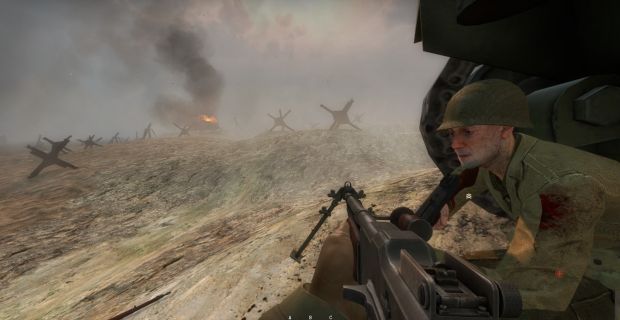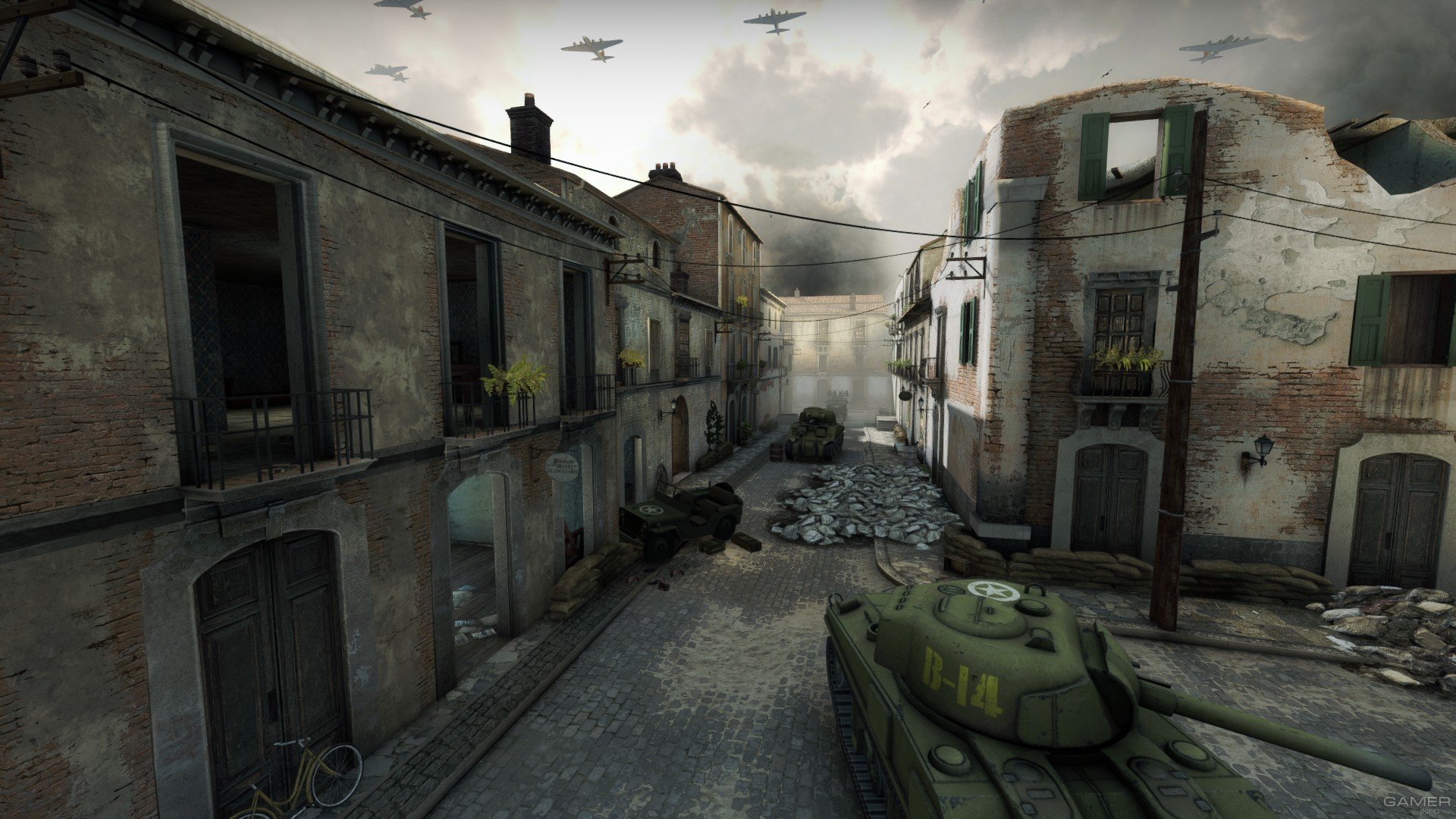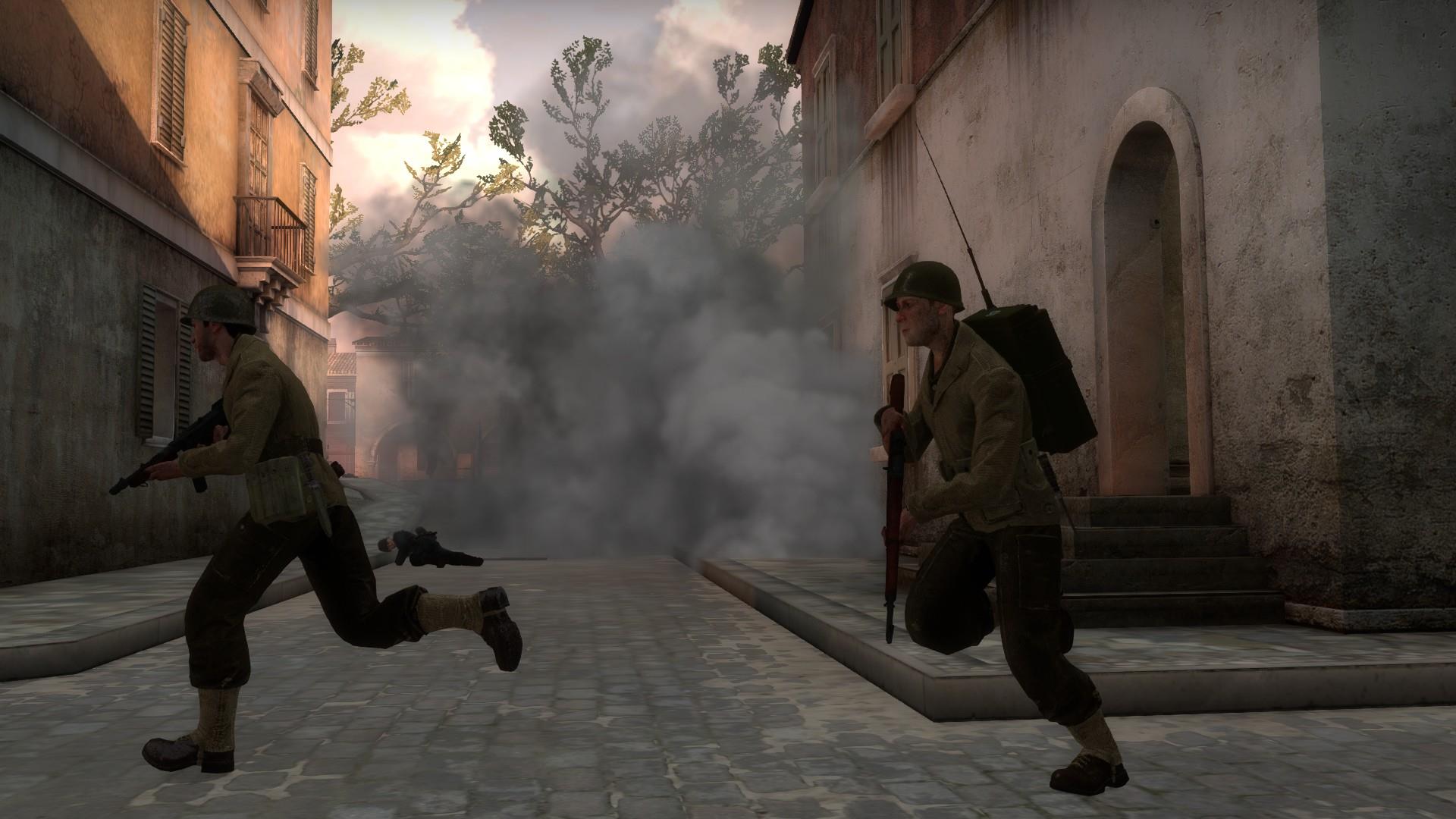

The logical choice to command the Pearl Harbor attack force should have been Vice Admiral Jisaburo Ozawa, a vigorous proponent of airpower. He also did not get on well with Admiral Yamamoto. He was a battleship, cruiser, destroyer man, not a proponent of airpower. The aforementioned Vice Admiral Chuichi Nagumo offers an intriguing command dilemma for the Japanese.

After the war, Mitsuo Fuchita would convert to Christianity and become a Protestant minister. He would, without success, press the more cautious Admiral Nagumo, for a third attack against the port and dock facilities and oil tank farms. Genda’s friend and colleague, Commander Mitsuo Fuchita, organized the attack waves, personally leading the initial assault. He would serve as Admiral Chuichi Nagumo’s air advisor aboard the flagship Akagi. The Aichi D3A dive bomber was known as the “Val.” The Mitsubishi G4M medium bomber was known as the “Betty.”Ĭommander Minoru Genda wrote the feasibility study for the attack. For instance, the famed Mitsubishi A6M Zero was the “Zeke.” The Kawasaki Ki-61 Hien was the “Tony.” Conversely, bombers were given female names. Pearl Harbor trivia: During World War II, the Allies accorded Japanese aircraft with codenames: Fighters were given male names. decide the fate of the war on the very first day.(1) is inevitable.” He urged an attack on Pearl Harbor, following up with, “.

And on January 7, 1941, Admiral Isoruku Yamamoto wrote to Rear Admiral Takijiru Oikawa, “A conflict with America. However, in Berlin, an assistant air attache assigned to the Japanese embassy, a Lieutenant Takeshi Naito, researched the British attack and forwarded his notes to Tokyo. Fleet Air Arm efforts caused one battleship to settle in the harbor mud and damaged two others, sidelining them for months.

A single carrier, HMS Illustrious, loosed 21 aircraft against the Italian anchorage. The attack itself was based on the British strike against the Italian fleet at Taranto the previous November. The Japanese attack-planning for which began in January 1941-featured six aircraft carriers: Akagi, Kaga, Hiryu, Soryu, Shokaku and Zuikaku, all carrying the cream of Japanese naval aviation. These aircraft savaged Battleship Row on December 7, 1941.


 0 kommentar(er)
0 kommentar(er)
